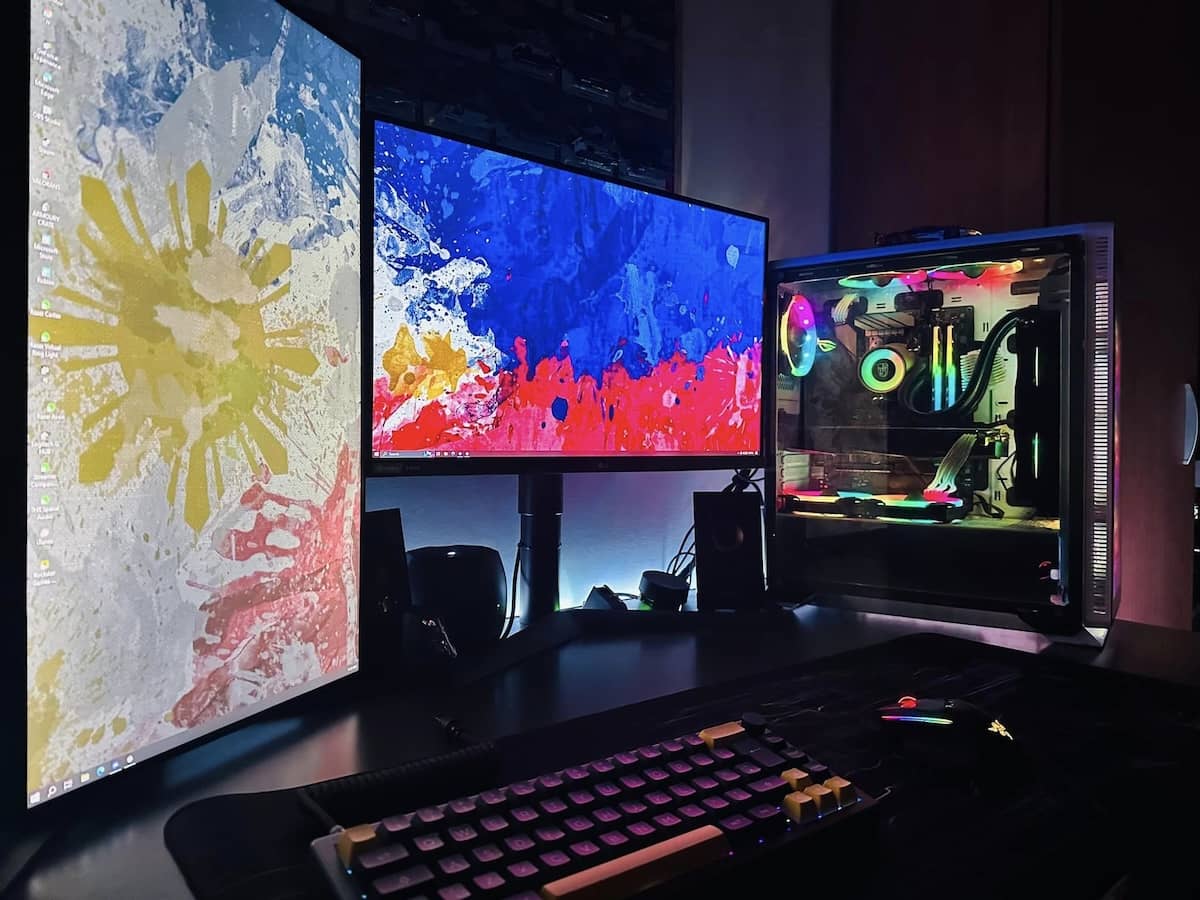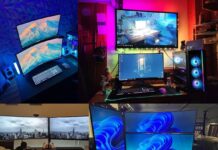The gaming and technology industries have been growing rapidly in the last few years. This is shown by the incoming of games that offer high framerates and by the improvement in computer technology that give users a smoother gameplay experience. GPU manufacturers are competing each other to create the best graphics cards in order to run games at higher refresh rates and graphics settings as the gaming industry grows. This way, they are taking a part on the development of gaming communities.
The same thing happens to monitor manufacturers as the development of GPU continues. The refresh rate of the monitor should match with the output of the computer in order to get the highest framerates displayed. It is what you need if you do not want a bottleneck in your system. From this point of view, this is why manufacturers produce high refresh rate displays, such as 144Hz, 240Hz, or even 360Hz.
One issue appeared following the combination of the high refresh rates on both the display and GPU, the lack of synchronization. Performance of the GPU fluctuates based on the tasks performed, while screen refresh rate is static, meaning it does not change from time to time. Adaptive sync technology is very helpful in this situation. The technology takes control over the synchronization between the GPU and monitor refresh rates. It offers a smoother visual display by eliminating screen tearing, an issue appeared by refresh rate difference. With this technology, the screen refresh rate will adjust to the framerates of the GPU, ensuring both GPU and monitor run in the same frequency.
There are only two big names that offer this technology, Nvidia with G-Sync and AMD with FreeSync. In graphics card industry, both manufacturers have been competing each other for years for being the best. With the needs of high refresh rate monitor, their goal is to plant their product in monitors in order to synchronize the difference framerates between GPU and the display, helping the customers to have better output and prevent screen tearing. Although they are basically working at the same purpose, they have differences that can be found in these two. Below are the differences between both models and you can see which one has a better offer.
Supported Graphics Cards
Because they are in competition with each other in the market, this results to the supported graphics cards for the technology. Nvidia G-Sync strictly supports Nvidia graphics cards only. This applies to the old model such as GTX series, to the new one like RTX 40 Series. This means that you will not be able to benefit from G-Sync if you are using AMD GPU.
However, AMD is less strict than Nvidia when it comes to how AMD FreeSync technology is implemented. They offer more flexibility to the users as some Nvidia graphics cards are still compatible with it. Still, since display manufacturers are free to decide which to support, you may need to know which Nvidia GPU is supported by FreeSync for the specific monitor you want to buy. The easiest way to benefit from AMD FreeSync technology is by having an AMD graphics card.
Hardware
The difference between Nvidia G-Sync and AMD FreeSync can be seen from the implementation between both sides. G-Sync requires a specialized hardware to be installed inside the monitor. Meanwhile, AMD FreeSync does not need another hardware to work, so monitor manufacturers can develop this technology into better implementations. This also affects to the price range of the monitor that is supported by either of them.
Price
As mentioned earlier that G-Sync requires another hardware to work, this results to the cost of production for manufacturers that increases. By this reason, monitors that are supported with Nvidia G-Sync relatively more expensive compared to the AMD technology. As you browse on the internet, you can simply find the difference on the price range between two monitors with the similar specifications that is supported with the Nvidia technology and the one that is not.
Performance
Although they are having the same purposes, the application of both is different. While G-Sync doubles the number of refresh rate of the monitor to prevent the screen tearing, FreeSync works by reducing the monitor refresh rate in order to match with the GPU output. However, with such implementation, FreeSync is struggling to adjust the low refresh rate, meaning that you will still see the screen tearing and stuttering when the performance of the graphics card drops to low framerates. From this point of view, you can see that G-Sync is superior to FreeSync by improving the framerates instead of reducing it.
In the end, both are good options for improving the visual performance of the output. The two technologies provide a significant effect to the issue of screen tearing and stuttering. However, before you choose which technology you want to have in your monitor, you need to realize that both come with different price and performance. G-Sync is better in terms of performance, giving you a boost performance when the framerates drop. However, you need to pay a little bit more for monitor that is supported with this Nvidia technology.
Despite having a trouble when running in lower refresh rates, AMD FreeSync is still a good option for those who have AMD graphics card. The development of FreeSync from each monitor manufacturer is different, therefore it is not clear which one gives better performance. Another point to mention is the support for some Nvidia GPU that you might want to take into account. With this, you will still be able to benefit from it, even if you are using a graphics card that comes from the competitor.
Nvidia G-Sync is best for the Nvidia GPU users and have no issue on spending a bit more for the monitor. If you have tight budget, monitors with AMD FreeSync support is not a bad choice either. It provides similar result, which is preventing screen tearing and stuttering, without having to pay more, and of course with the consequence of the drop of performance because of the implementation of the technology itself that reduces framerates to match with the GPU output.
















